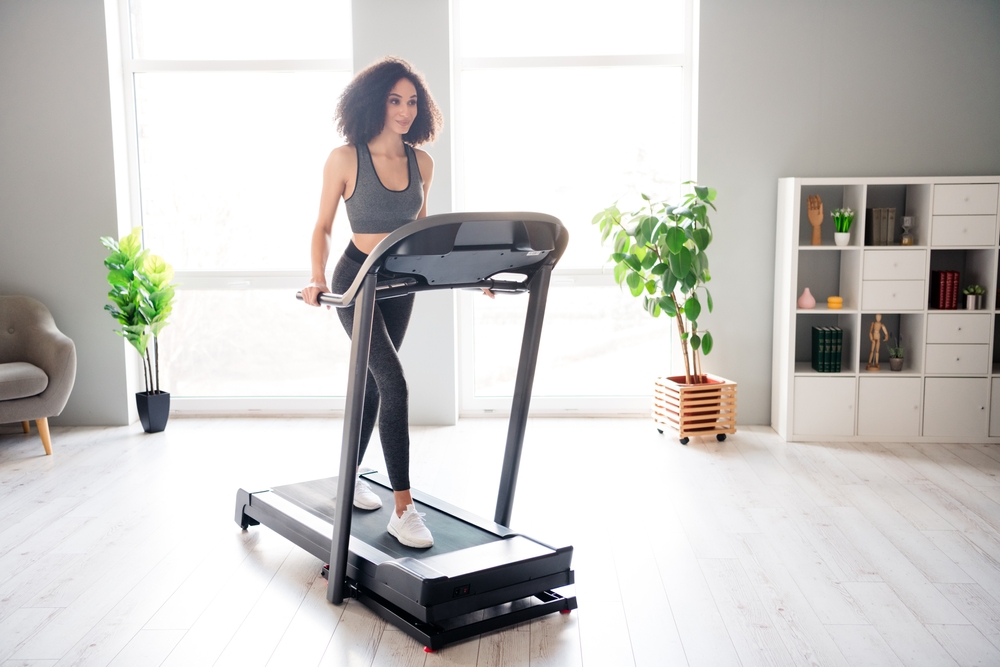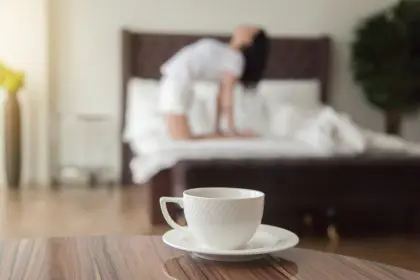The dream of having a fully functional home gym often starts with a few weights in the corner and a yoga mat rolled up near the couch. But reality sets in when the equipment gathers dust, forgotten between work commitments and daily chaos. Creating a home gym that actually gets used requires more than motivation—it calls for intentional design, smart investments and a lifestyle shift.
Why a functional home gym matters
Working out at home isn’t just about convenience—it’s a gateway to long-term health, stress relief and mental clarity. Imagine skipping traffic, avoiding gym crowds and being able to squeeze in a quick session between tasks. That freedom can be transformative, especially for parents, remote workers or anyone juggling tight schedules.
Many home gyms turn into graveyards of unused equipment. The difference between a successful space and a failed one often comes down to design, mindset and habit-building.
Designing an inspiring workout space
Keep it visible and accessible
Tucking equipment into a dark basement corner isn’t going to invite daily workouts. Choose a spot that feels alive—where natural light comes in or where you naturally spend time. Even a small nook in your living room can become a powerful movement zone.
Add mirrors, a motivating quote on the wall and a clean layout. When your space looks and feels energizing, it subtly nudges you toward movement without effort.
Declutter and commit to purpose
Don’t let your home gym become a storage area. Avoid combining it with laundry piles, toys or office files. If the room serves multiple purposes, make a clear separation—visually and mentally. Lay down a dedicated mat, hang resistance bands on hooks or use a rolling cart to organize gear.
Purpose is a form of commitment. When you create boundaries, your brain recognizes this as a place for action.
Selecting equipment that works for you
Start with essentials rather than overwhelming yourself with too much equipment. Focus on versatile items:
- A high-quality mat for stretching, yoga or core work
- Resistance bands for strength and mobility
- Adjustable dumbbells or kettlebells
- A jump rope or step box for cardio
- A mirror to check form
Once you build momentum, you’ll naturally want to expand your collection. But by then, your gym will already be part of your routine.
Personalize for what you enjoy
If you hate running, don’t buy a treadmill. If dancing energizes you, add a quality speaker and open space. If you’re strength-focused, prioritize weights before cardio equipment.
Your gym should reflect your preferences—not become a guilt trap. The more it feels tailored to you, the more likely you’ll return to it daily.
Building consistent habits
Schedule workouts like appointments
If exercise remains optional, comfort often wins. Block off a non-negotiable time daily—even if it’s just 15 minutes. Morning sessions tend to be more consistent, but any regular slot works.
Set reminders, tell someone about your plans or create a ritual—same time, same playlist, same water bottle. These cues signal to your brain that this is an established routine.
Track progress, not perfection
Daily use doesn’t mean daily intensity. Stretching counts. Breathing exercises count. A quick movement session counts. Record what you did and how you felt.
Apps, journals or even a simple calendar can help reinforce progress. Seeing that streak build often becomes its own motivator.
Creating accountability
Find workout partners
Invite your partner, roommate or friend to join your workouts—even virtually. A shared goal adds enjoyment and accountability. You’re less likely to skip when someone else is counting on you.
Online classes, fitness challenges or social media check-ins can also keep you engaged and inspired.
Vary your approach
Try different music, new workout videos or change the lighting. Add pleasant scents during your cooldown. Your gym should never feel like punishment.
When your environment feels enjoyable, your body responds with energy and commitment.
Optimizing your environment
Consider lighting carefully
Dull lighting can diminish motivation. Use daylight bulbs, decorative lights or lamps that bring warmth and energy. Better yet, position your workout area near a window. Natural light affects mood and keeps you alert.
Add living elements
Plants can boost oxygen, improve mental well-being and make your space feel vibrant. Even a small plant nearby can make a difference.
Display motivational images, your fitness goals or encouraging reminders. Every detail should reinforce that this space was created for your growth.
Cultivating the right mindset
Start with your motivation
Ask yourself why fitness matters to you. Perhaps it’s staying healthy for family, healing your body or managing stress. Write your reasons down and revisit them regularly. This fundamental motivation becomes your fuel on difficult days.
Accept imperfect efforts
Consistency doesn’t require perfection. Life gets busy and you’ll miss days occasionally. The key is to return without guilt.
One skipped session doesn’t erase your progress—abandoning the habit does. Keep showing up, even if it’s just for brief movement.
Real success stories
Home gyms become essential parts of daily life for many people, regardless of their circumstances:
- A mother of three converted a kitchen corner into a morning stretch zone that became her daily ritual
- A retiree built a simple weightlifting station in his garage that provided daily purpose and structure
- A busy professional created a five-minute movement break between video meetings
Their common approach? They didn’t wait for perfect conditions. They started with what they had and built daily rituals around it.
The path to daily movement
Creating a home gym that actually gets used every day combines thoughtful design, honest motivation and small, consistent steps. You don’t need extensive space or expensive equipment—you need a plan, a purpose and a welcoming environment.
Design it intentionally. Keep it accessible. Make it personal. Then commit to showing up.
When your home gym becomes integrated into your lifestyle, everything else—your health, mood, focus and strength—naturally improves alongside it.
This story was created using AI technology.











